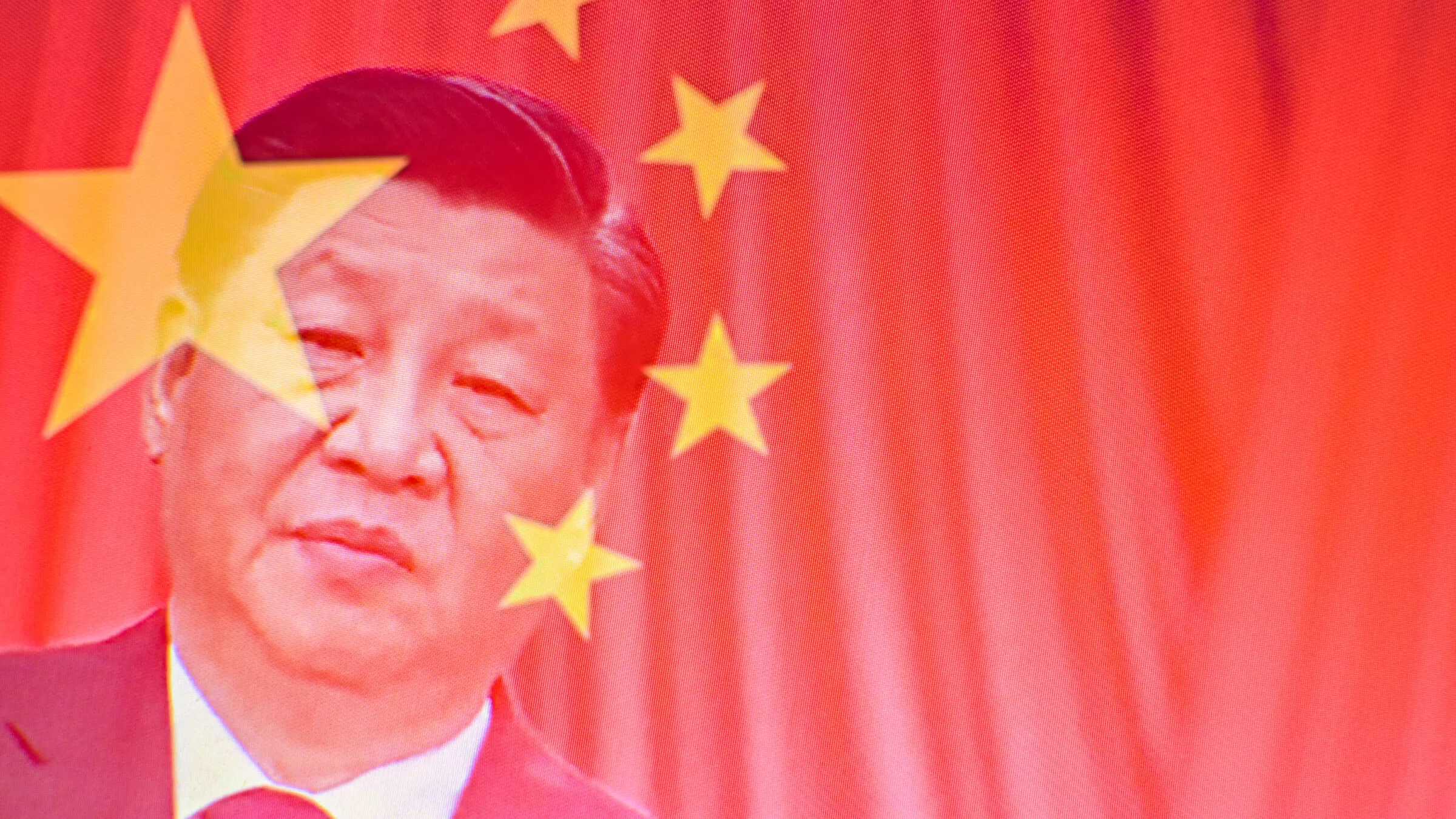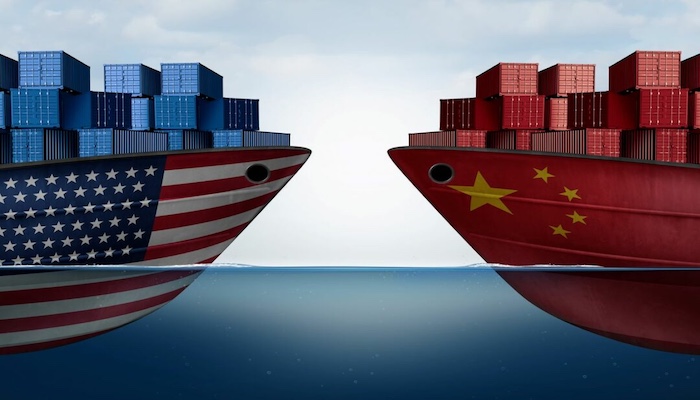
Amid a summer surge in youth unemployment, China’s government made headlines last week by announcing that it would simply no longer publish official data on how many young workers can’t find jobs.
But not all of the country’s economic woes can be so easily hidden.
China’s economic model—which has leaned strongly into industrial policy and top-down investments directed from Beijing—”is broken” and has left the country “drowning in debt and running out of things to build,” Lingling Wei and Stella Yifan Xie explain in a must-read feature published in Sunday’s Wall Street Journal. The red flags include well-known factors such as China’s demographic issues (a direct consequence of another government-led attempt at engineering society: the one-child policy) and less obvious failings caused by malinvestments. One example of the latter is “a high-speed rail station in Danzhou, a city in China’s southern province of Hainan, [which] cost $5.5 million to build but was never put into use because passenger demand was so low.” Another: “Guizhou, one of the poorest provinces in the country with GDP per capita of less than $7,200 last year,” has 11 airports, more than China’s four biggest cities.








